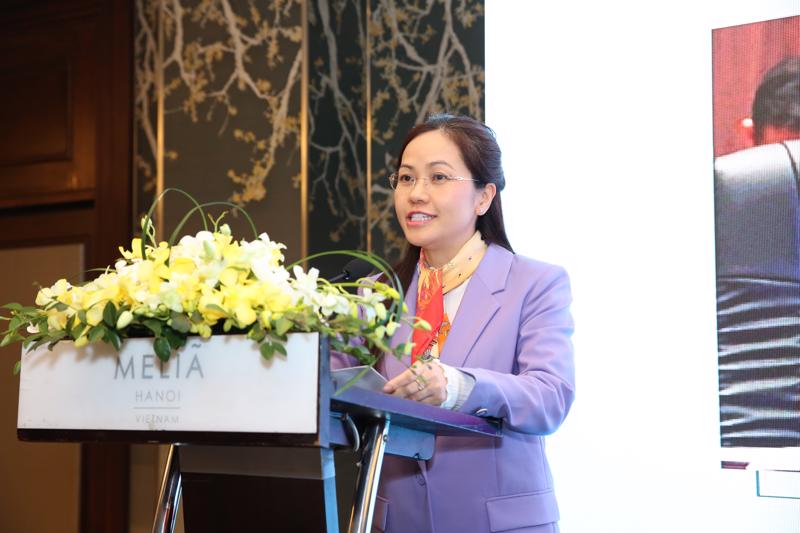Speaking at a workshop to enhance Vietnam’s capacity to access and use technical assistance under the AANZFTA and RCEP Economic Cooperation Work Programs on December 12, Ms. Nguyen Viet Chi, Deputy Director General of the Multilateral Trade Policy Department under the Ministry of Industry and Trade (MoIT), admitted that after nearly 3 years of implementation, Vietnam’s utilisation rates of free trade benefits under the framework of the Regional Comprehensive Economic Partnership (RCEP) remains “modest and unsatisfactory.”
The 15-member RCEP, which includes 10 ASEAN member states and Australia, China, Japan, New Zealand, and South Korea, took effect on January 1, 2022.
Under RCEP, tariffs on nearly 90% of traded goods were eliminated and rules of origin are valid in all participating countries.
A report from the Vietnam Chamber of Commerce and Industry (VCCI), based on data from the MoIT and the General Department of Vietnam Customs showed that Vietnam's utilisation rate of benefits from RCEP was at 0.67 per cent and 1.26 per cent in 2022 and 2023, respectively, while its average utilisation rates of benefits from FTAs is 33 per cent in 2023 and 37 per cent in 2024.
This is an unsatisfying result considering the scope of RCEP. Accordingly, RCEP is considered the largest free trade agreement in the world today in terms of population and GDP. The total population of its member countries stands at about 2.3 billion, accounting for 30 per cent of the world's total; while the bloc's combined GDP reaches $38 trillion or 30% of the global GDP.
RCEP members have diverse characteristics, from the world's leading economies such as China, Japan to developing countries. The agreement also includes the world's largest raw material suppliers such as China, Japan, Korea and ASEAN countries.
The partnership also applies a single set of rules of origin, bridging the four existing FTA agreements between ASEAN countries. This contributes to diversifying raw material sources and developing supply chains in the region.

Ms. Chi stated that in the future, the MoIT will step up its efforts to coordinate with relevant ministries and localities to support and provide necessary knowledge for Vietnamese businesses about the benefits and main provisions of RCEP to make the most of the benefits that this partnership brings.
According to Ms. Nguyen Thi Thanh Mai, country director of the Regional Trade for Development Facility (RT4D) for Vietnam, integrating Vietnamese government agencies into the different economic cooperation and trading agreement between ASEAN, Australia and New Zealand as well as assisting Vietnam to take full advantage of its open economy to participate in technical collaboration projects has been her top priorities.
She noted a positive sign that departments under relevant ministries and agencies in Vietnam have made efforts to effectively implement free trade agreements, create new values and participate further into cooperation programs between ASEAN countries, Australia and New Zealand.









 Google translate
Google translate